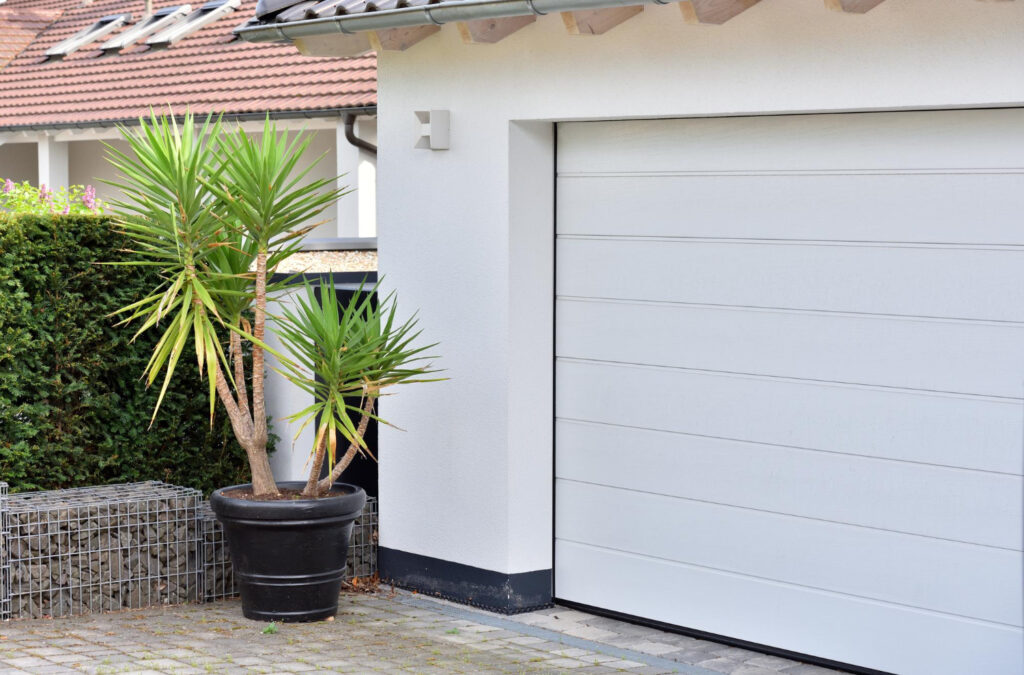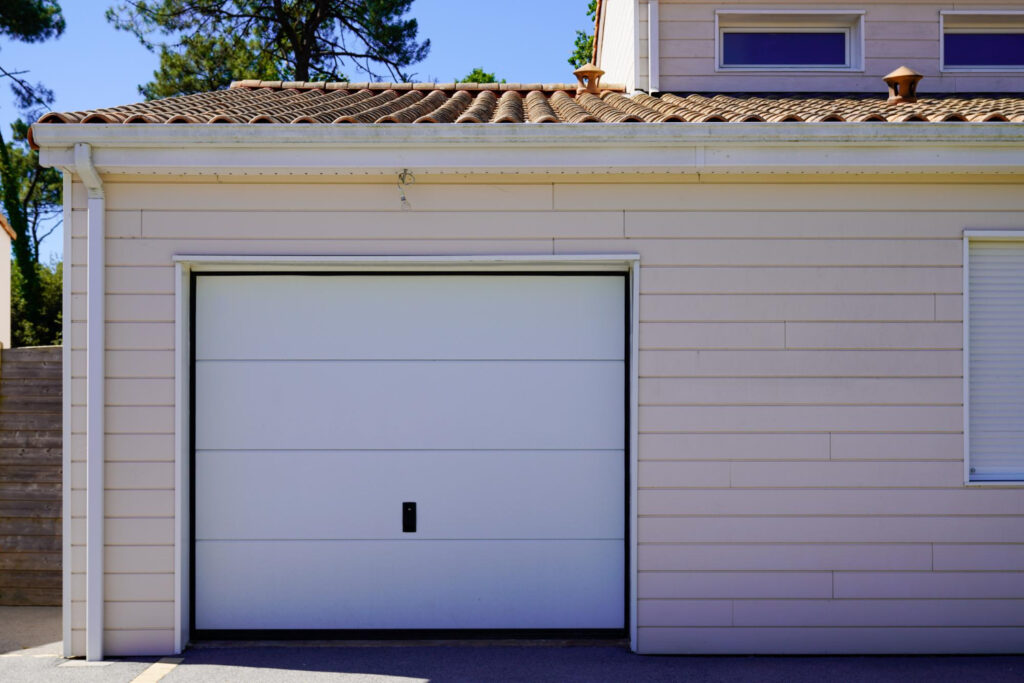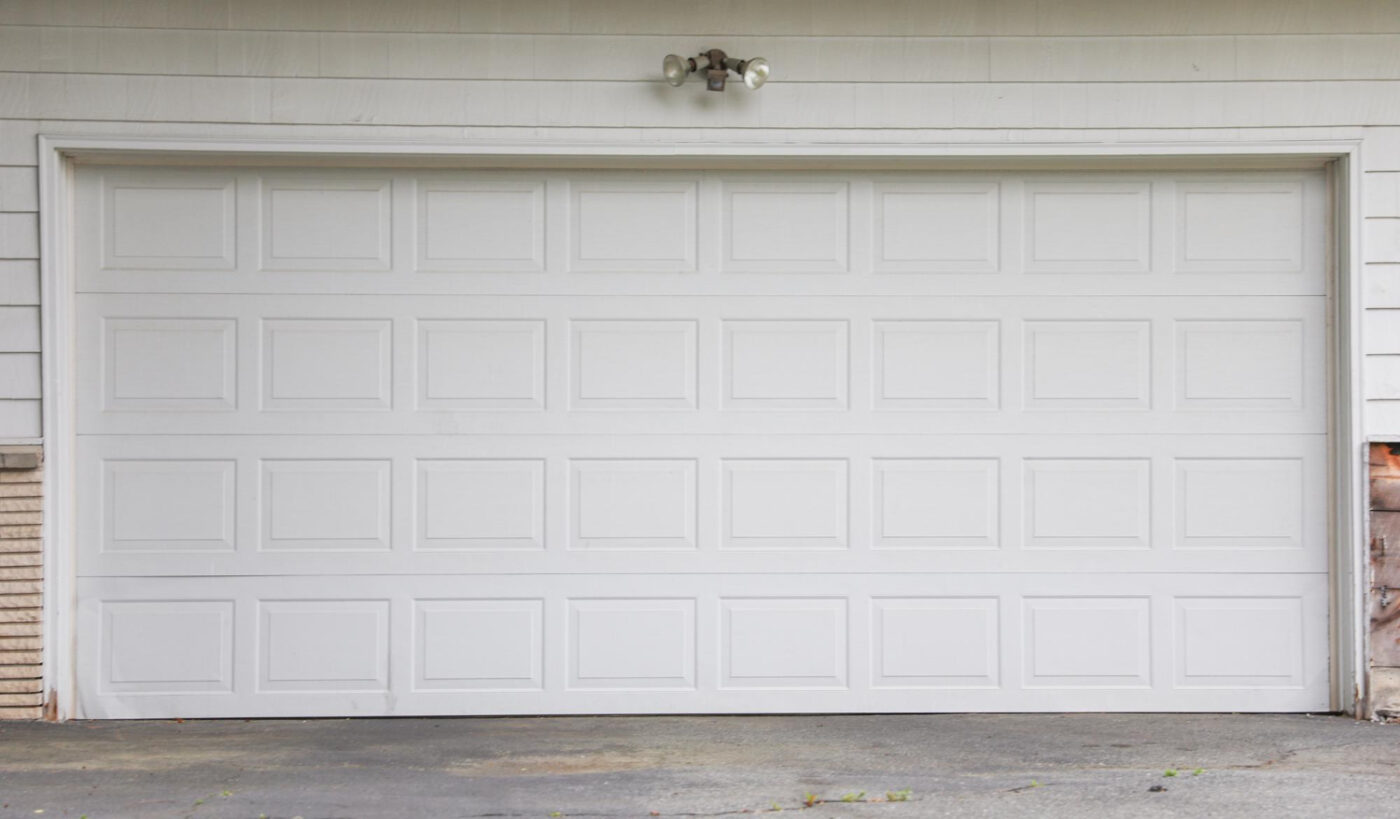Wondering if your home needs that extra layer of protection? You’re not alone. Many homeowners struggle with this decision, especially when budgets are tight. Getting an insulated garage door depends on several factors like your climate, how you use your space, and your energy goals. Let’s break down everything you should consider before making this important home improvement investment.
The Benefits Of An Insulated Garage Door
Adding insulation to your entryway offers impressive temperature control throughout the year. During winter months, this addition helps maintain warmth, while in summer, it keeps excessive heat outside where it belongs.
Your utility bills might thank you too! A properly sealed and protected entryway reduces the workload on your heating and cooling systems. Many homeowners report savings between 10-20% on monthly energy costs after upgrading. Plus, the noise reduction makes a noticeable difference, especially if you have a workshop or if bedrooms share walls with this area of your home.
The Drawbacks Of Insulated Garage Doors
The primary concern for most homeowners is the upfront cost. Premium options with high R-values can cost 50-100% more than standard models. That’s a significant investment that might stretch your home improvement budget.
Weight becomes another consideration worth mentioning. Heavier materials require stronger opening mechanisms and springs. This might mean upgrading your opener system as well, adding to your total project cost. An insulated garage door often requires professional help, unlike some DIY-friendly standard models that handy homeowners can tackle themselves.
How To Tell If You Need An Insulated Garage Door
Your location plays a huge role in this decision. If you live somewhere with extreme temperatures (either hot or cold), added protection makes financial sense. Here are key indicators suggesting you’d benefit from an upgrade:
- Your space feels uncomfortably cold or hot throughout the year
- Energy bills spike during seasonal extremes
- You use this area as a workshop, gym, or laundry room
- Street noise significantly enters through this entry point
- Adjacent living spaces feel drafty near shared walls
How you use your space matters tremendously. If it’s strictly for parking vehicles, basic models might suffice. However, if you’re spending time there working on projects or it connects directly to living areas, thermal efficiency becomes much more important.
Non-Insulated Garage Door vs One With Insulation
Standard models offer simplicity and affordability. They provide basic security and protection from outside elements without the premium price tag. Many homeowners choose these options for secondary structures or in mild climates where temperature control isn’t critical.
Thermal-enhanced alternatives deliver superior performance in several categories. They typically last longer due to sturdier construction and materials. The noise reduction factor can transform your home environment, especially for front-facing entryways on busy streets. Most importantly, an insulated garage door contributes to whole-home efficiency, potentially increasing your property value.

Contact Us For A New Door Today!
Ready to upgrade your home’s efficiency and comfort? Our team specializes in helping homeowners find the perfect balance between budget and performance. We’ll assess your specific situation and recommend options that make sense for your needs.
Don’t let another season pass with an outdated entrance draining your wallet through energy loss. The long-term savings often offset initial investments within just a few years. Give us a call today for a free consultation and quote. Your more comfortable, energy-efficient home is just one upgrade away!
FAQ
What R-value should I look for in an insulated garage door?
The ideal R-value depends on your climate. In cold areas, aim for R-16 or higher. Milder regions can work with R-8 to R-12. Higher values mean better insulation but come with increased costs.
What's the difference between polyurethane and polystyrene insulation?
Polyurethane insulation provides superior thermal protection, filling the entire door space. Polystyrene (foam board) is more affordable but less effective at preventing heat transfer. Your budget and local climate should guide this choice.
Will an insulated door really make my residential garage more comfortable?
Absolutely! An insulated garage door significantly reduces temperature fluctuations. If you use your garage as a workshop or gym, you’ll notice immediate comfort improvements and potential energy savings on adjacent rooms.
How much can insulated garage doors reduce heat loss?
Quality insulated doors can reduce heat loss by up to 70% compared to non-insulated options. This makes a huge difference in controlling temperature and minimizing heat transfer, especially in extreme weather conditions.


